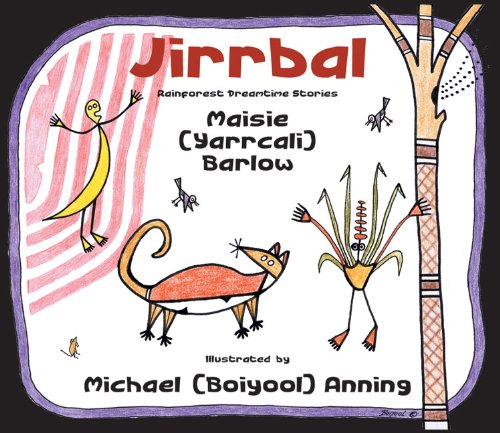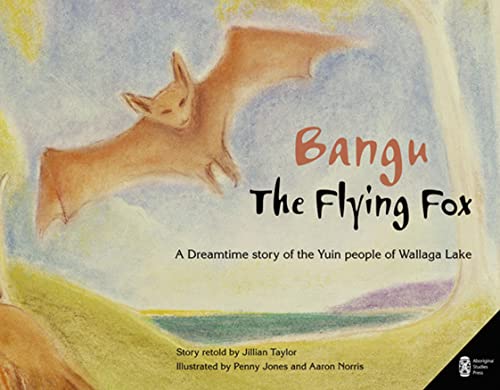

Peggy Rockman Napaljarri, Warlpiri, 2010, Mukaki Jukurrpa (‘Bush Plum Dreaming’). Warnayaka Art Centre, Lajamanu.
Aboriginal - Refers to the First Peoples of Australia but excludes those of the Torres Strait region.
Artefact- Any object made or modified by Aboriginal people, often stone tools or wooden objects.
Country - A term used by Aboriginal people to refer to the land to which they belong and their place of Dreaming.
Corroboree - Corroboree is an Eora word that has become part of Australia’s identity. It describes a place of ceremony and creative expression, a transformative gathering.
Custodian - A person charged with maintaining and passing on particular elements of cultural significance (e.g. knowledge, stories, songs, dances, language, ritual and imagery).
Elder - Key go-to person within Aboriginal communities who is respected and consulted due to their experience, wisdom, knowledge, background and insight. Elder does not necessarily equate with age.
Kinship - Kinship includes the importance of all relationships, and of being related to and belonging to the land.
Land use - The way land and water are used and maintained both physically and spiritually. Modern land use can include non-Aboriginal parties.
Language group - Language is linked to particular geographical areas. The term ‘language group’ is often used in preference to the term ‘tribe’, and many Aboriginal people identify themselves through their language group.
Long Grass - Long Grass describes Aboriginal people living homeless and on the fringes, yet sometimes right in the middle of our cities. It comes from the tall grass usually growing on riverbanks where Aboriginal people often congregate.
Mob - A colloquial term that many Aboriginal people use to identify their people or communities.
Native title - Form of land title which recognises Aboriginal people as rightful owners of that land.
Scarred tree - A tree injured by Aboriginal people to extract a piece of bark for making a canoe, a shelter or utensil. Some trees have been marked for ceremonial purposes only.
Site - Aboriginal sites are places of importance and significance to Aboriginal people because they provide a link to former or current traditions, people or practices.
Songline - A songline (also known as Dreaming Track) is a path across the land which marks the journey of creator-beings as they created the lakes, rivers, plants, land formations and living creatures during the Dreaming.
Stations - Living areas established by governments for Aboriginal people on which managers and matrons controlled (and ‘cared for’) Aboriginal people.
Terra nullius - A concept in international law meaning ‘a territory belonging to no-one’ or ‘over which no-one claims ownership’. The concept has been used to justify the invasion and colonisation of Australia.
Torres Strait Islanders - Refers to the First Peoples of the Torres Strait region (as compared to the mainland people).
Treaty - A negotiated agreement with the government to recognise that Aboriginal people have not lost any part of their sovereign existence and status, and that they have always maintained a property right in land and the natural resources according to their law and customs.
Wandjina - Striking figure represented by people in the Kimberley region of Western Australia, featuring a halo effect around the face. Wandjinas are recognised as having a significant role in natural and spiritual events.
Creative Spirits, n.d.








"Aboriginal spirituality is defined as at the core of Aboriginal being, their very identity. It gives meaning to all aspects of life including relationships with one another and the environment. All objects are living and share the same soul and spirit as Aboriginals. There is a kinship with the environment. Aboriginal spirituality can be expressed visually, musically and ceremonially." (Grant, 2004).
1. Aboriginal Spirituality is Animistic
In an animistic world every thing is interconnected, people, plants and animals, landforms and celestial bodies are part of a larger reality.
2. Aboriginal Spirituality is a Cosmogony
Cosmogony is a theory or story of the origin of the universe. Aboriginal cosmogony begins at the ‘Dreamtime’.
3. Aboriginal Spirituality is Earthly
Vicki Grieves (2009) explains: “These ancestors created order out of chaos, form out of formlessness, life out of lifelessness, and, as they did so, they established the ways in which all things should live in interconnectedness so as to maintain order and sustainability.
4. Aboriginal Spirituality is Totemic
A totem is a natural object, plant or animal that is inherited by members of a clan or family as their spiritual emblem.
5. Aboriginal Spirituality is Oral
At the point of birth the child has allocated to him the appropriate birth totem.
6. Aboriginal Spirituality is Hierarchical
This aspect of Aboriginality is not very well understood by many people in traditional communities today let alone urban communities.
Australians Together, n.d.
Rating: E Production Year: 2014 Duration: 7:37
Description: Historian Carla Pascoe explores the unique relationship that Aboriginal Australians have with the land. Their strong spiritual ties to the land can be seen in various sacred places such as Uluru, Arnhem Land, initiation and burial sites. Their relationship with the land was one of mutual dependence, evidenced by their sustainable conservation practices that we still see in use today.
Rating: E Production Year: 2014 Duration: 4:18
Description:Aboriginal dancers and songwriters talk about the importance of spirituality and culture across the diverse styles of Aboriginal music and dance. Footage of a stage performance showcases one example of Aboriginal performance art.
Rating: E Production Year: 2009 Duration: 5:59
Description: Aboriginal peoples - Dreaming This story comes fromthe Ngoongar people from the Darling Ranges in Perth off the coast of Western Australia.
Rating: G Production Year: 2015 Duration: 52:08
Description: The third episode of the First Australians series begins in 1860 in Victoria and, through the lives of Simon Wonga and William Barak, explores broader issues facing Aboriginal people in these times.The threat of extinction hovers over the first Australians of Victoria at the time Wurundjeri clan leader Simon Wonga seeks land from the authorities. He soon gives up and leads his people to the banks of the Yarra River, claiming a parcel of land, Coranderrk. With the help of a Scottish preacher, and inspired by the farming practices of the settlers, the community prospers – until the authorities step in and block their attempts at self determination.
